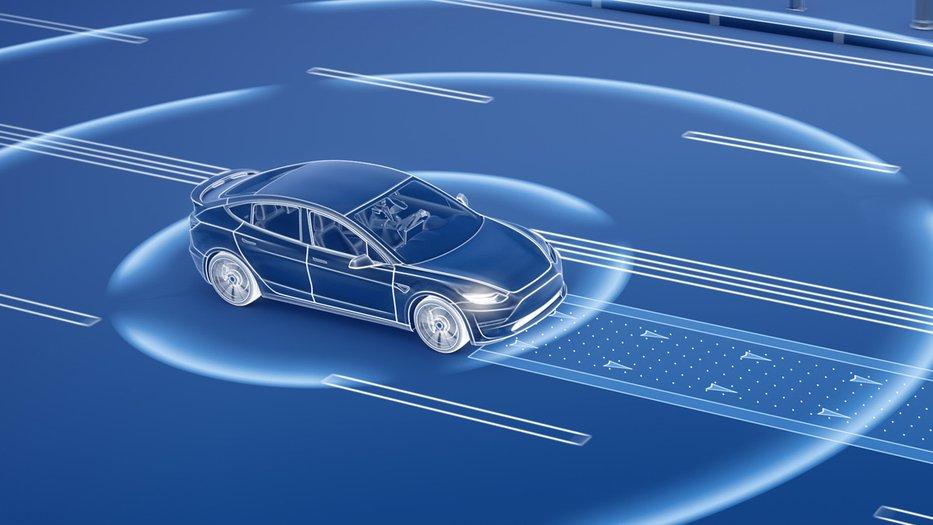How AI is Driving the Autonomous Vehicle Revolution
The future of transportation is here, and it’s being powered by Artificial Intelligence (AI). As we venture into an era where autonomous vehicles (AVs) are set to become the norm, understanding the role of AI in this revolution is crucial. This article delves into how AI is transforming the landscape of autonomous driving, creating safer, smarter, and more efficient transportation solutions for everyone.
The Rise of Autonomous Vehicles
Autonomous vehicles are increasingly gaining traction thanks to advancements in technology, particularly AI. Over the past decade, companies like Tesla, Waymo, and Uber have led the way in this transformational journey. The integration of AI has enabled vehicles to perceive their surroundings, make complex decisions, and learn from real-time data. Here’s a closer look at how AI is making this revolution possible.
Key Technologies Behind AI in Autonomous Vehicles
Several technologies powered by AI are driving the autonomous vehicle revolution:
- Machine Learning: Algorithms learn from vast amounts of driving data to improve decision-making.
- Computer Vision: Cameras and sensors provide visual information, enabling vehicles to identify obstacles, road signs, and lane markings.
- Sensor Fusion: Combines data from LiDAR, radar, and cameras to create a comprehensive view of the environment.
- Natural Language Processing: Allows vehicles to understand user commands and communicate effectively with passengers.
Benefits of AI in Autonomous Vehicles
The implementation of AI in autonomous vehicles offers numerous benefits:
- Enhanced Safety: AI systems process data faster than human drivers, minimizing the potential for accidents.
- Increased Efficiency: AI optimizes driving patterns, leading to better fuel efficiency and reduced congestion.
- Accessibility: AVs can provide mobility solutions for those who cannot drive, including the elderly and disabled.
- Environmental Impact: Improved efficiency and electric vehicle variants contribute to lower emissions.
Real-World Applications and Case Studies
Various companies are already deploying AI-driven autonomous vehicle technologies in real-world scenarios. Notable examples include:
| Company | Technology | Application |
|---|---|---|
| Tesla | Autopilot | Driver assistance and self-parking features. |
| Waymo | Self-Driving Technology | Autonomous ride-hailing service in selected areas. |
| Amazon | Zoox | Robo-taxi and delivery services. |
| Uber | AV technology | Testing self-driving cars in select markets. |
Challenges Facing AI in Autonomous Vehicles
Despite the advancements, several challenges remain:
- Regulatory Hurdles: Governments are still formulating policies regarding the use of AVs.
- Public Acceptance: Trust in autonomous technology is a significant barrier.
- Complex Urban Environments: Navigating busy city streets presents numerous challenges for fully autonomous systems.
First-Hand Experiences with Autonomous Vehicles
Many users have reported exciting encounters with AV technology:
“Taking a ride with a fully autonomous vehicle was surreal. The car made every decision seamlessly, from merging onto the highway to navigating traffic lights!” - Sarah M.
“I was amazed at how quickly the vehicle adapted to changing road conditions. The technology is truly impressive!” – Mark T.
Practical Tips for Embracing Autonomous Vehicle Technology
As the world transitions to autonomous vehicles, consider these practical tips:
- Stay Informed: Follow industry news to understand advancements and changes in AV technology.
- Explore AV Services: Take advantage of ride-sharing apps that offer AV features.
- Engage with Manufacturers: Provide feedback to car manufacturers to help improve AV systems.
Conclusion: The Road Ahead for AI and Autonomous Vehicles
AI is undeniably the backbone of the autonomous vehicle revolution, creating a future of safer, more efficient, and accessible transportation solutions. As technology continues to evolve, we can expect to see more innovative applications that will redefine how we think about driving, making the world a better place for all. Embracing these advancements now not only prepares us for the future but also shapes the direction of transportation in the years to come.

